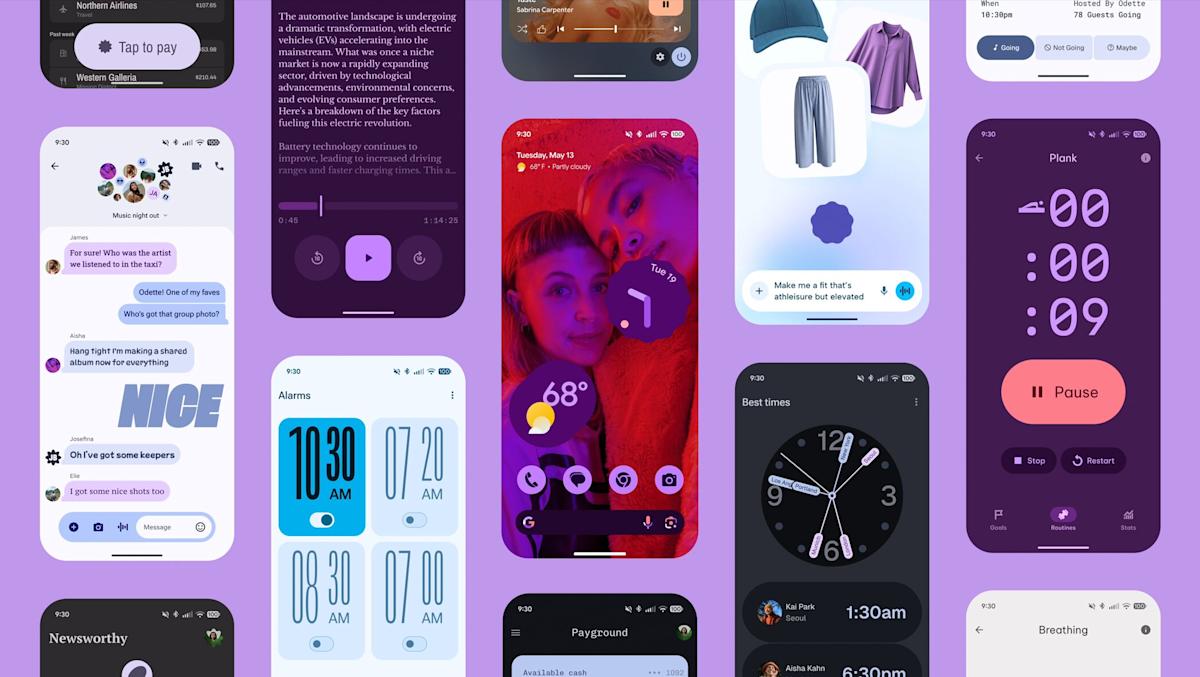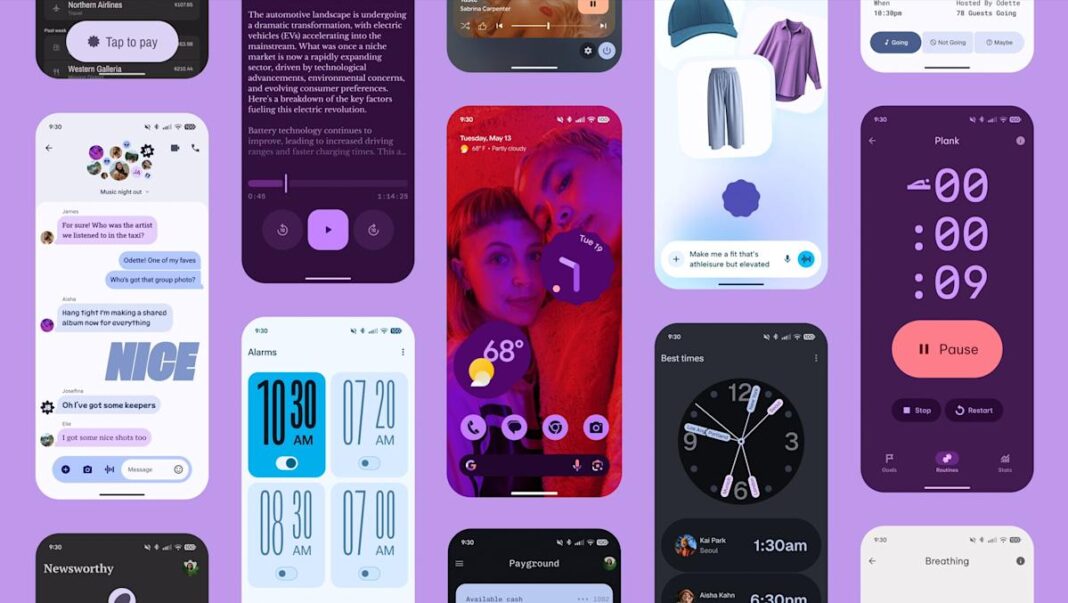## Brace Yourselves, iPhone: Google Just Changed the Game
The tech world is holding its breath. Whispers of a looming iPhone overhaul have been circulating for months, but Google just threw down the gauntlet with a massive Android redesign.

Forget incremental updates – this is a complete visual and functional overhaul that aims to redefine the mobile experience. We’re talking a fresh coat of paint, streamlined interfaces, and potentially game-changing new features.

Is this Google’s audacious move to steal the limelight ahead of Apple’s big reveal? Or is it a carefully crafted evolution, ready to seamlessly integrate with the ever-expanding Google ecosystem?

Competitive Advantage: Google’s Redesign Ahead of Apple’s Overhaul
Google’s latest Android redesign may give the operating system a competitive edge in the market, as it prepares to roll out a major update weeks before Apple’s anticipated overhaul of its iPhone software.
The new design language, called Material 3 Expressive, is expected to bring a fresh look and feel to Android devices, potentially attracting users who are looking for a more personalized and fluid experience.
According to a report by Unionjournalism, the redesign includes the use of more springy animations, shapes, contrast, and larger typography, which are designed to make the software more usable, especially for older users. The company has also compiled a set of design guidelines to help developers create consistent and engaging apps for the new platform.
Apple’s approach, on the other hand, is expected to be simpler and more consistent, with changes to the style of icons, menus, and apps. While this may appeal to some users, it remains to be seen whether it will be enough to keep Android users from switching to Apple’s ecosystem.
Industry-Wide Impact: Device Makers and App Developers Must Adapt
The Android redesign is expected to have a significant impact on the industry, as device makers and app developers must adapt to the new design language.
Device makers, such as Xiaomi, Oppo, and Vivo, control their own software-update schedules and may take time to implement the changes. This could lead to a fragmented ecosystem, where some devices receive the update faster than others.
App developers will also need to refresh their software to ensure consistency with Google’s new design language. This could lead to a wave of updates across the app ecosystem, as developers scramble to adapt to the new design guidelines.
Practical Aspects
The Android redesign is expected to roll out later this year, starting with Google’s own line of Pixel phones. The company plans to showcase the upgrades in further detail at its Google I/O developer conference in May, and the software will be available to download in its final form later this year.
It’s possible that other device makers may roll out updates soon after, although this will depend on their software-update schedules. Google has also extended the design changes to Wear OS, its smartwatch operating system, and is expanding the reach of its Gemini artificial intelligence system to more platforms, including TVs and vehicles.
Availability
Android Redesign to Roll Out Later This Year, Starting with Pixel Phones
Timeline: Google I/O Developer Conference in May, Final Release Later This Year
Potential for Other Device Makers to Roll Out Updates Soon After
Beyond Smartphones
Google Extends Design Changes to Wear OS and Gemini AI
Wear OS: Smartwatch Operating System Gets a Makeover
Gemini AI: Expanded Reach to More Platforms, Including TVs and Vehicles
Conclusion
In conclusion, Google’s major Android redesign marks a significant shift in the smartphone landscape, poised to shake up the status quo ahead of Apple’s anticipated iPhone overhaul. As discussed, the new design focuses on simplicity, personalization, and user experience, with features like customizable icon packs, and a revamped notification system. The implications of this redesign are far-reaching, with potential to not only revamp user engagement but also impact the broader tech industry trends.
Looking ahead, this redesign may spark a new wave of competition between Android and iOS, pushing both platforms to innovate and improve. Moreover, as smartphones continue to play an increasingly central role in our daily lives, the stakes are higher than ever for tech giants to deliver intuitive, user-centric experiences. As we move forward, it will be fascinating to see how they respond to the gauntlet thrown by Google’s Android redesign.
Ultimately, the true test of its success will lie in its ability to drive meaningful change in the way we interact with our devices. As we stand at the cusp of this tech revolution, one thing is certain – the future of smartphones has never looked more exciting, or more uncertain. As we await the next move from Apple and other industry players, one question lingers: are we on the brink of a smartphone revolution, or merely a minor evolution? Only time will tell.
